Operating Systems Comparison Details
Usage share of operating systems These tables compare general and technical information for a number of widely used and currently available operating systems.
Because of the large number and variety of available Linux distributions, they are all grouped under a single entry; see comparison of Linux distributions for a detailed comparison. There are also a variety of BSD operating systems, covered in comparison of BSD operating systems. For information on views of each operating system, see operating system advocacy.
^ a b Operating systems where the GUI is not installed and turned on by default are often bundled with an implementation of the X Window System, installation of which is usually optional.
^ a b Most operating systems use proprietary APIs in addition to any supported standards.
^ a b Amiga OS features since OS 2.0 version a standard centralized Install utility called Installer, which could be used by any software house to install programs. It works as a Lisp language interpreter, and install procedures could be listed as simple text. AmigaOS can also benefit of a 3rd party copyrighted library called XAD that is available for all POSIX (Unix, Linux, BSD, and for AmigaOS, MorphOS, etc.). This library is freely distributable and publicly available on Aminet Amiga centralized repository of all Open Source or Free programs and utilities. XAD.Library, complete with GUI Voodoo-X, is based on modules and capable to manage over 300 compression methods and package systems (Voodoo-X GUI supports 80 package systems), including those widely accepted as standards such as .ZIP, .CAB, .LHA, .LZX, .RPM, etc.
^ a b A standard AmigaOS installation requires usually only few files (typically 3 to 10 files) to be copied in their appropriate directory, and libraries and language files for national localization to be put in their standard OS directories. Any Amiga user with some minimal experience knows where these files should be copied and could perform programs installations by hand.
^ AmiUpdate is capable to update AmigaOS files and also all Amiga programs which are registered to use the same update program that is standard for Amiga. Updating AmigaOS requires only few libraries to be put in standard OS location (for example all libraries are stored in "Libs:" standard virtual device and absolute path finder for "Libs" directory, Fonts are all in "Fonts:" absolute locator, the files for language localization are all stored in "Locale:" and so on). This leaves Amiga users with a minimal knowledge of the system almost free to perform by hand the update of the system files.
Usage share of operating systems These tables compare general and technical information for a number of widely used and currently available operating systems.
Because of the large number and variety of available Linux distributions, they are all grouped under a single entry; see comparison of Linux distributions for a detailed comparison. There are also a variety of BSD operating systems, covered in comparison of BSD operating systems. For information on views of each operating system, see operating system advocacy.
^ a b Operating systems where the GUI is not installed and turned on by default are often bundled with an implementation of the X Window System, installation of which is usually optional.
^ a b Most operating systems use proprietary APIs in addition to any supported standards.
^ a b Amiga OS features since OS 2.0 version a standard centralized Install utility called Installer, which could be used by any software house to install programs. It works as a Lisp language interpreter, and install procedures could be listed as simple text. AmigaOS can also benefit of a 3rd party copyrighted library called XAD that is available for all POSIX (Unix, Linux, BSD, and for AmigaOS, MorphOS, etc.). This library is freely distributable and publicly available on Aminet Amiga centralized repository of all Open Source or Free programs and utilities. XAD.Library, complete with GUI Voodoo-X, is based on modules and capable to manage over 300 compression methods and package systems (Voodoo-X GUI supports 80 package systems), including those widely accepted as standards such as .ZIP, .CAB, .LHA, .LZX, .RPM, etc.
^ a b A standard AmigaOS installation requires usually only few files (typically 3 to 10 files) to be copied in their appropriate directory, and libraries and language files for national localization to be put in their standard OS directories. Any Amiga user with some minimal experience knows where these files should be copied and could perform programs installations by hand.
^ AmiUpdate is capable to update AmigaOS files and also all Amiga programs which are registered to use the same update program that is standard for Amiga. Updating AmigaOS requires only few libraries to be put in standard OS location (for example all libraries are stored in "Libs:" standard virtual device and absolute path finder for "Libs" directory, Fonts are all in "Fonts:" absolute locator, the files for language localization are all stored in "Locale:" and so on). This leaves Amiga users with a minimal knowledge of the system almost free to perform by hand the update of the system files.
Operating Systems Comparison
Operating Systems Comparison
Operating Systems Comparison
Operating Systems Comparison
Operating Systems Comparison
Operating Systems Comparison
Operating Systems Comparison
Operating Systems Comparison
Operating Systems Comparison
Operating Systems Comparison
Operating Systems Comparison
Operating Systems Comparison
Operating Systems Comparison
Operating Systems Comparison
Operating Systems Comparison
Operating Systems Comparison
Operating Systems Comparison
Operating Systems Comparison
Operating Systems Comparison
Operating Systems Comparison
Operating Systems Comparison

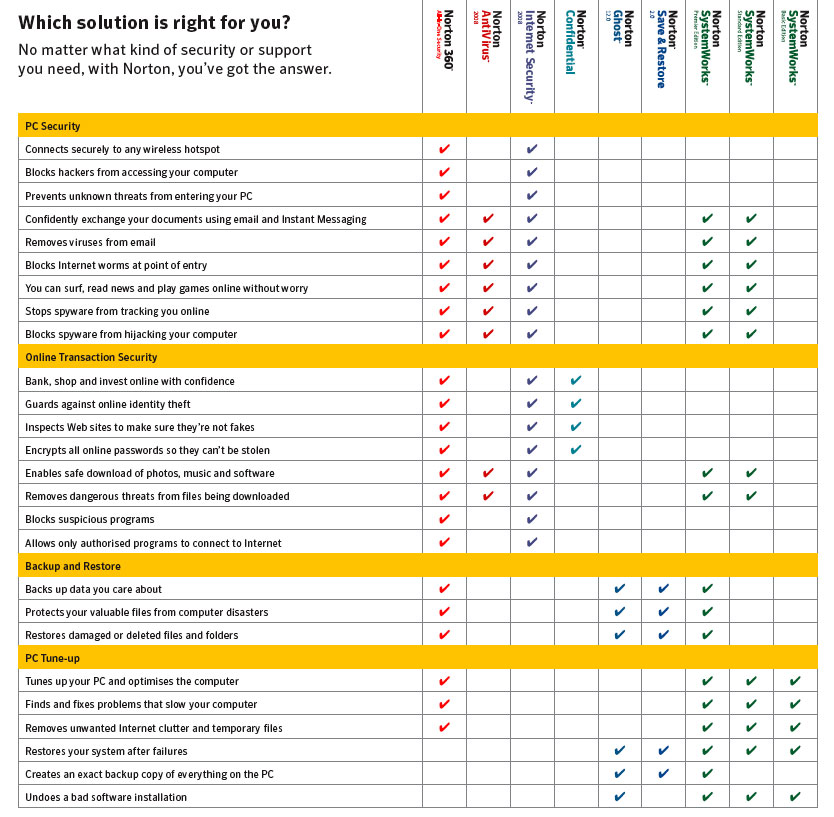


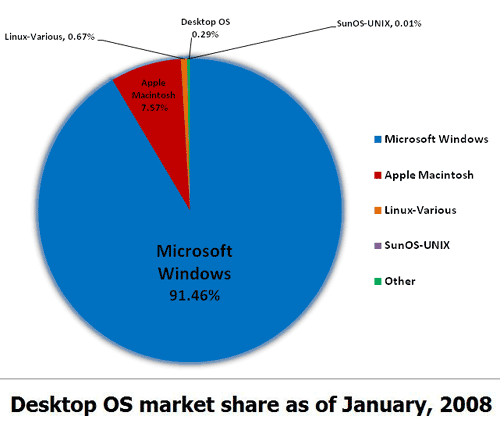







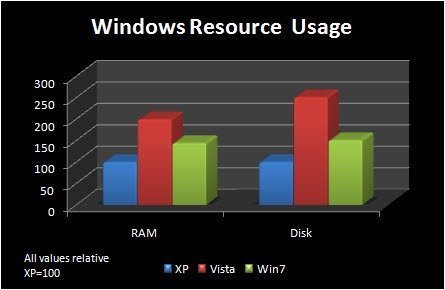
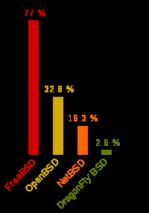



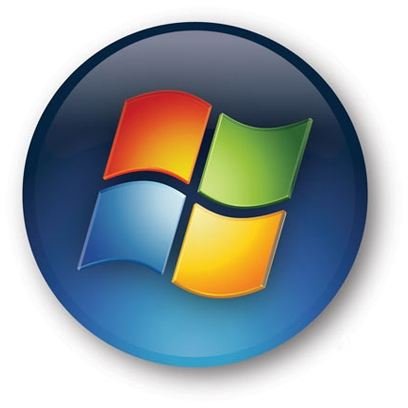

No comments:
Post a Comment